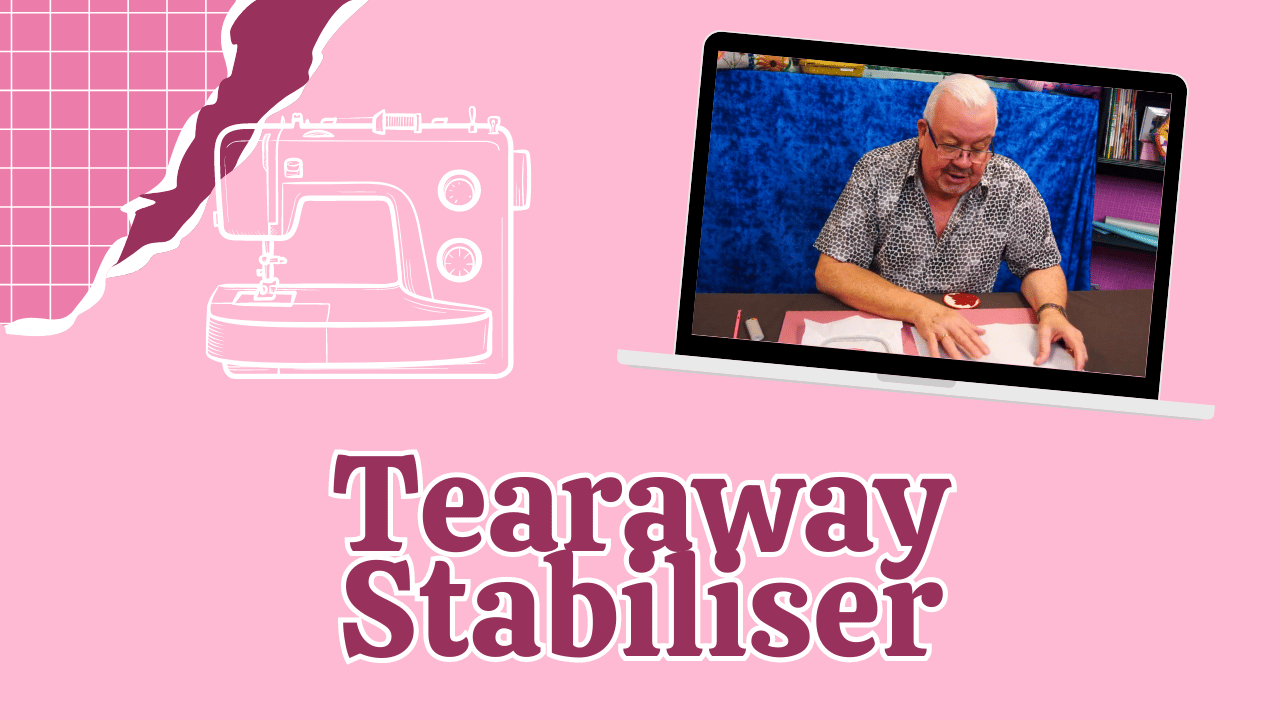In any machine embroidery project, selecting the appropriate needle ensures a smooth stitch out for the best results, reducing issues such as skipped stitches and fabric damage. This guide will explore the recommended needle types, sizes, and brands as discussed in the Sweet Pea Studio video above.
Needle Types
Embroidery Needles: Designed specifically for embroidery, featuring a semi-ball point to prevent fabric damage.
Metallic Needles: Used for thicker threads or metallic threads.
Microtex Needles: Have a sharp point, ideal for detailed work.
Jeans Needles: Suitable for thicker fabrics, can be used if issues arise with standard embroidery needles.
Main Needle Sizes
- 60/8
- 70/10
- 75/11
- 80/12
- 90/14
- 100/16
We recommend starting with with a 7511 Needle. This is the go-to needle for most embroidery projects. It works well with various fabrics, including cork, leather, and stretchy materials. Many embroiderers find success with specific brands, so if a particular needle brand yields good results for you, we recommend you continue using it.
Recommended Brands
While there are numerous needle brands available, we recommend the following:
| Brand | Notes |
| Organ | Widely used and trusted for various machines. |
| Schmetz | Known for quality and compatibility. |
| TNC | Locally available and effective for many users. |
Common Issues
Skipped Stitches: Often caused by using the wrong needle size or type.
Drop Stitches: Can occur if the needle is dull or not suitable for the fabric.
Fabric Damage: Using a needle with a point that is too sharp for the fabric can lead to scuffs or holes.
If you encounter issues like the above, consider moving to a larger size or a different type of needle.
The Importance of Regular Needle Changes
Changing your needle regularly is essential for maintaining the quality of your embroidery. A dull or damaged needle can lead to various problems, including:
- Inconsistent Stitch Quality: Dull needles can cause uneven stitches.
- Fabric Damage: A damaged needle can snag or tear the fabric.
- Increased Frustration: Ongoing issues can lead to dissatisfaction with your work.
By understanding the different types, sizes, and brands of needles available, you can enhance your embroidery experience and minimise common issues. Remember, the key to successful embroidery lies in the details, and choosing the right needle is one of the most important details to consider!
Thank you for joining us at Sweet Pea Studio. We hope this guide helps you navigate the world of embroidery needles with confidence and clarity. Happy stitching!



Leave a comment
This site is protected by hCaptcha and the hCaptcha Privacy Policy and Terms of Service apply.